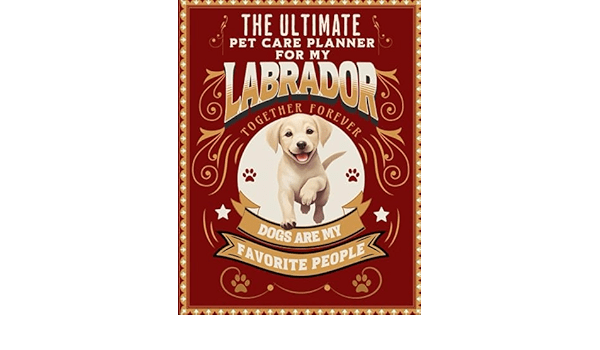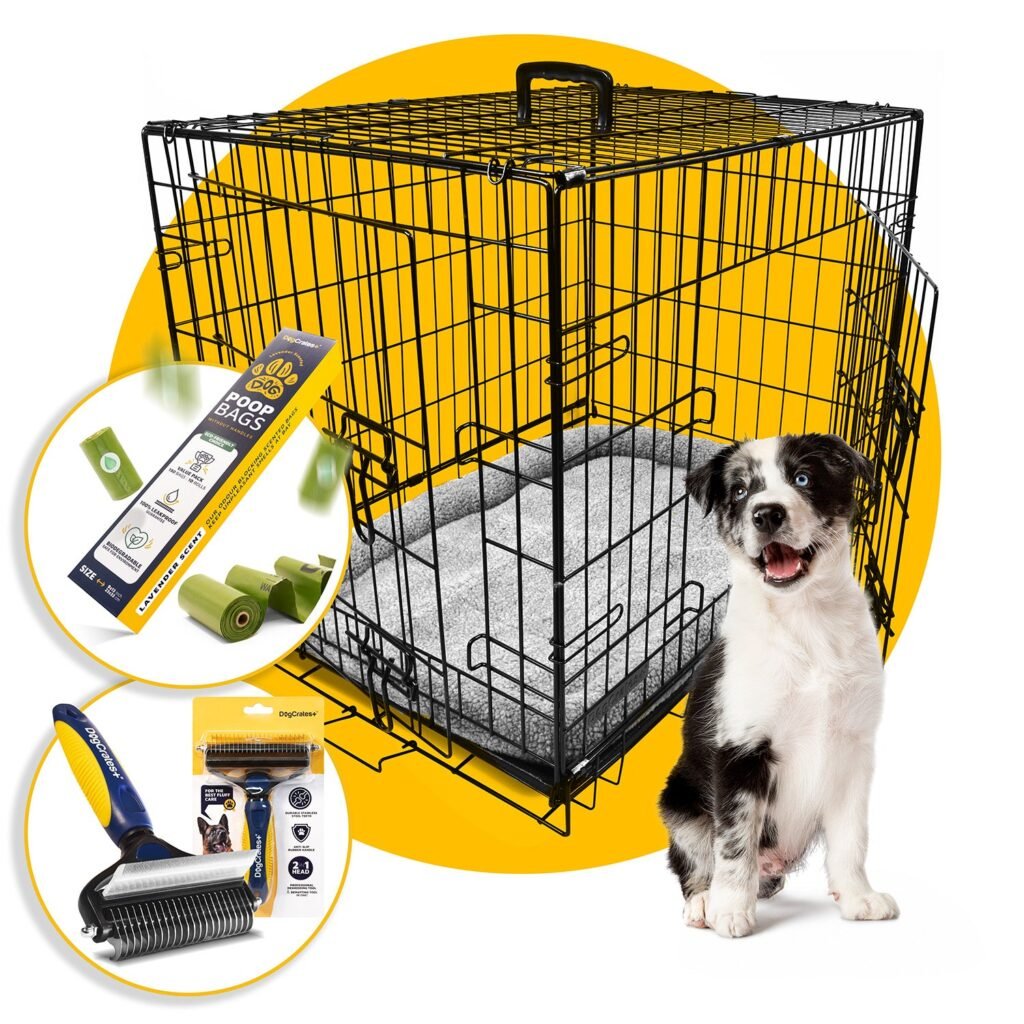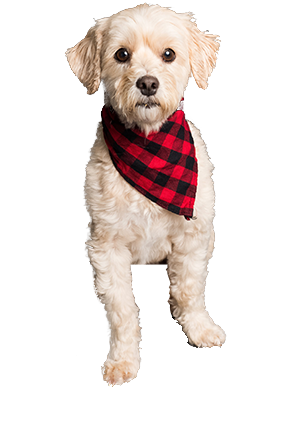Do you remember the first time you took your puppy for a walk, and both of you froze like deer in headlights at the sight of a passing garbage truck clattering down the street? I sure do. Socializing a new puppy is like introducing a goldfish to the ocean. It’s as bewildering as it is crucial. Let’s talk about why puppy socialization matters, how to do it right, and how to turn your pooch into the canine equivalent of James Bond—graceful, unflappable, and ready to charm the socks off anyone.
Understanding Puppy Socialization
To put it simply, puppy socialization is about helping your canine companion learn what’s normal in the world and what’s not. We’re essentially talking about teaching them how to cope with everyday life experiences without freaking out. It’s as if I was trying to navigate a new city and someone just handed me the perfect map, complete with hidden gems and nifty escape routes.
Why is Socialization Important?
Puppies are like little sponges, absorbing whatever they encounter with those eager eyes and twitching noses. Proper socialization during the critical development period—typically between three and fourteen weeks old—lays the groundwork for a well-adjusted dog. The world is a chaotic symphony of sights, sounds, and smells. Without proper socialization, some dogs might morph into nervous wrecks, barking like maniacs at every little thing or hiding under the couch at the slightest sound of rain.
The Prime Time for Socialization
Catch them while they’re young and unassuming! The prime socialization window is the time when your puppy is naturally curious and eager to learn. Missing this period can lead to a myriad of behavioral issues later on. It’s like forgetting to teach kids math, only to have them fumbling through life unable to calculate a decent tip. We wouldn’t want our beloved pups to fumble through life, now would we?
Early Socialization: Weeks 3 to 8
This period is often overlooked because puppies are usually still with their mothers and breeders. However, it sets the stage for all the learning yet to come. Ideally, the breeder exposes the puppies to a variety of sounds and gentle handling to start them on the right paw. It’s like a little taste of what life outside the litter entails.
Continued Socialization: Weeks 8 to 14
This is when your puppy usually comes home, and the real adventure begins. I remember thinking of it as the canine version of sending your kid off to their first day of school. They’ll be meeting new dogs, people, and experiencing the world beyond their cozy little haven. The experiences you provide during this crucial period make all the difference—and no pressure, but it’s kind of like molding a little doggie mind.
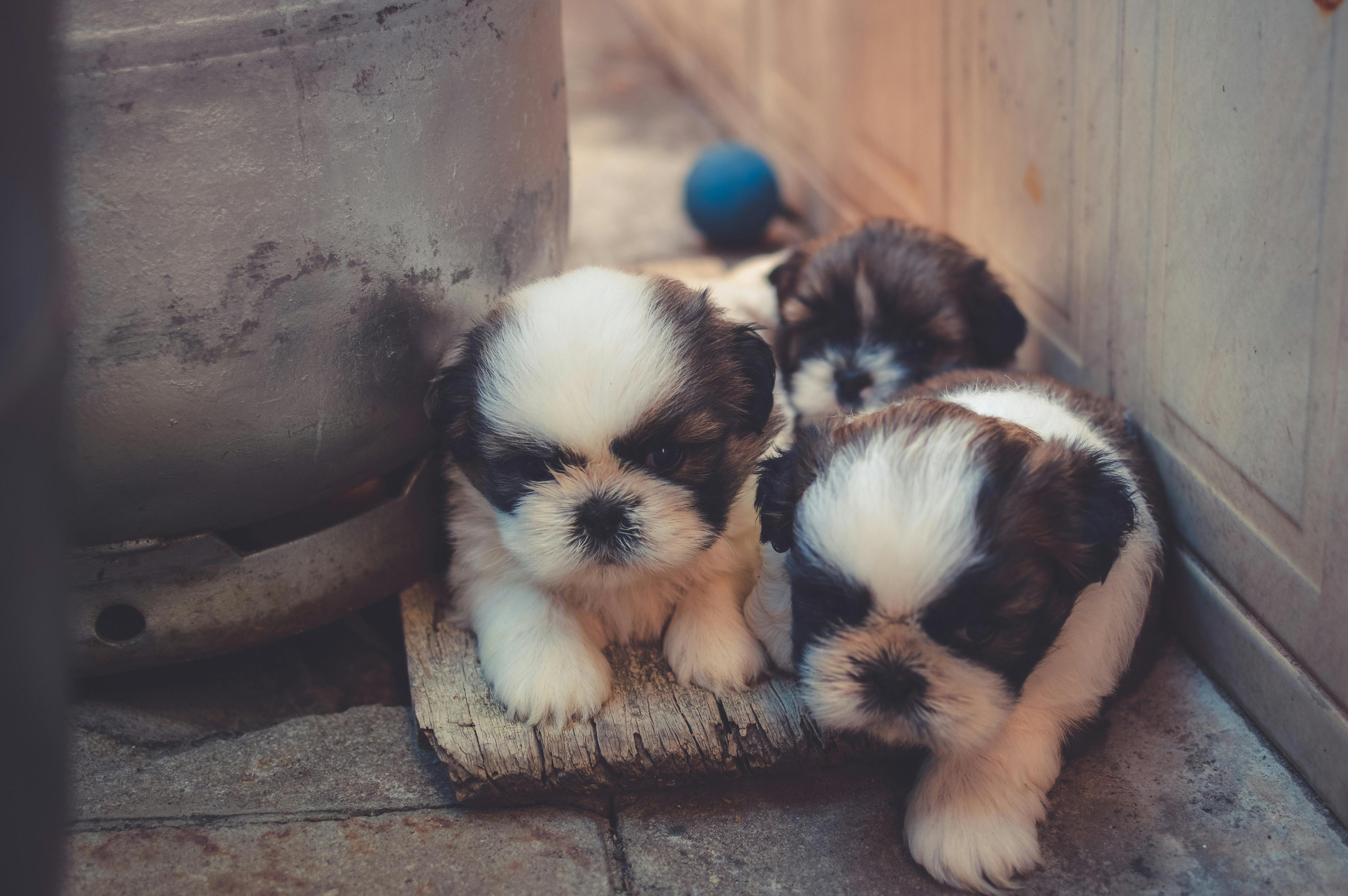
This image is property of images.pexels.com.
Socialization Techniques
Once you’re sold on the importance of socialization (which, let’s face it, sounds a lot like the common sense advice you wish someone had given you earlier), it’s time to explore the “how” of it all. How do you expose your pup to the world without overwhelming them? The trick is to start small and expand their horizons as you go.
Introducing New People
People-watching becomes a participative sport. Invite friends and family over to help your puppy get used to different people, sizes, ages, and behaviors. Remember, it’s not just about quantity, but quality. We’re aiming for positive interactions here—so I had to politely remind Uncle Bob to not bellow, or insist on picking up my tiny fluffball like he was hauling a sack of potatoes.
Key Tips:
| Tip | Description |
|---|---|
| Start Small | Begin with quiet individuals your puppy might find less intimidating. |
| Encourage Calm Interactions | Have treats on hand and let the puppy approach at their own pace. |
| Diverse Exposure | People of different ages, genders, and ethnicities help build a robust social palate. |
Meeting Other Dogs
One of my favorite parts of socializing puppies is the canine meet-and-greet. Seeing a puppy encounter another dog is like watching first graders at a school dance—sometimes shy, sometimes awkward, always entertaining. Aim for those slow-motion movie moments and support your puppy in learning canine etiquette, because as much as we’d like to think all dogs love each other, they don’t speak the same language right away.
Key Tips:
| Tip | Description |
|---|---|
| Choose Wisely | Start with fellow friendly, vaccinated dogs you know. |
| Neutral Ground | Opt for neutral spaces like dog parks where neither dog feels territorial. |
| Monitor Interactions | Supervise the play sessions to prevent overwhelm or scuffles. |
Exposing to Various Environments
Think about the first time you took your puppy to the beach or a busy city street. Their little minds probably couldn’t fathom the enormity of it all—like taking your grandma to a rock concert. Gradually introduce them to different environments such as parks, streets, or public transport to prevent future freak-outs over puddles or fire hydrants.
Environments to Explore:
- Home Different Rooms: Have your puppy explore all the areas of your home.
- Outdoor Streets: Walking around the neighborhood introduces them to urban noises.
- Nature Trails or Beaches: Different scents and textures stimulate those busy snouts.
Desensitization to Sounds
I remember panicking the first time a vacuum cleaner roared to life around a puppy. Those startled eyes felt like mini guilt trips. Sound desensitization is an excellent way to prevent such awestruck panic. Start with low volumes and engage them with positive distractions.
Sound Sources:
- Household Appliances: Hairdryers, washing machines, toothbrushes.
- Outdoor Sounds: Traffic, planes, thunderstorms.
- Multimedia: Play recordings of various sounds to acclimate them in a controlled environment.
Challenges in Puppy Socialization
No topic on puppy socialization would be complete without addressing those tricky situations we all dread—not everything will go as planned, and that’s okay. A well-prepared mind is the key to keeping our collective and individual sanity.
Overcoming Fearful Reactions
It’s inevitable. Some experiences might terrify your puppy, and occasionally you’ll wish pet therapists were a thing. Identify fear triggers and work gradually to counter-condition them, rewarding your puppy any time they display calm behavior around those triggers.
Avoid Overexposure
Even the most eager puppies have their limits. Overexposure can lead to overcorrection or withdrawal. Much like someone overdoing the gym their first week—rest periods between new experiences are important. Balance is key, and I learned that after my puppy refused to budge off the sidewalk, stubbornly convinced that unknown squirrels were plotting our doom.
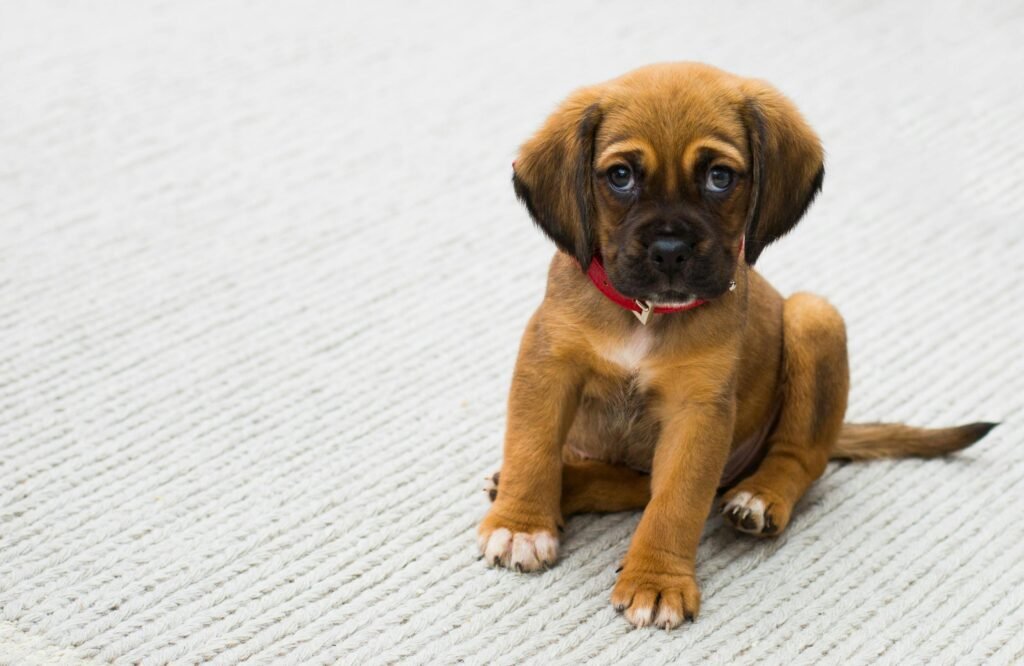
This image is property of images.pexels.com.
Final Thoughts on Puppy Socialization
In the Jimmy Buffet-esque journey of raising a puppy, socialization remains one of the single most impactful processes—creating bonds built on trust and unbeatable teamwork. Am I making it sound like a buddy cop movie yet? Because I wouldn’t mind starring in one with my own dog, catching frisbees by day, steak thieves by night.
We’ve covered the significance of socialization, the crucial periods where it’ll make the most impact, and concrete techniques to guide your puppy through this exciting stage. With a little patience and a lot of love, every bark and tail wag becomes an expression of appreciation, fortifying that special connection you’re cultivating. So, let’s raise our proverbial leashes and toast to our little companions. Here’s to a future filled with new adventures and wagging tails!



